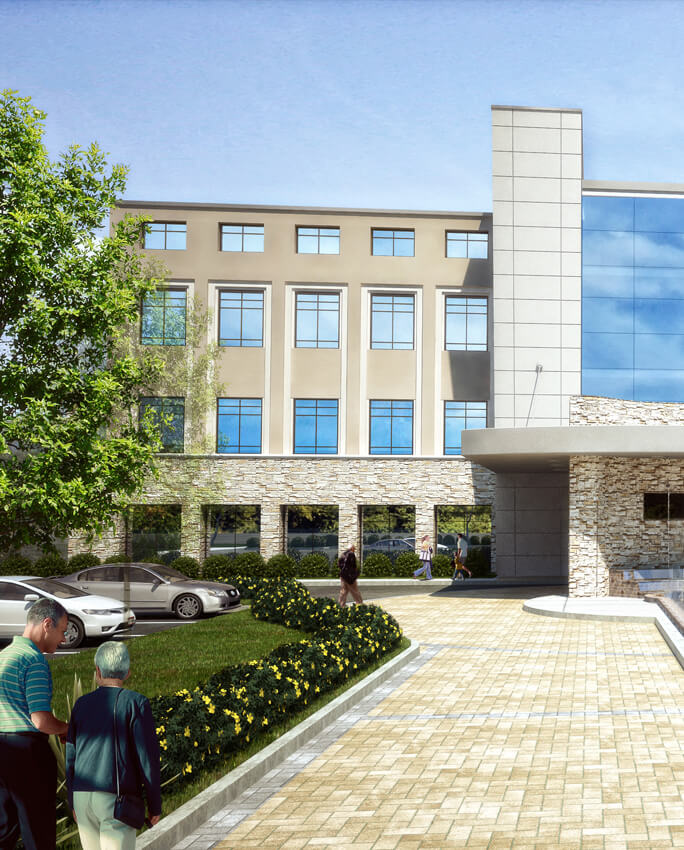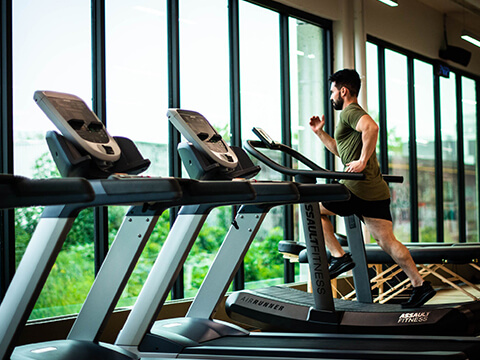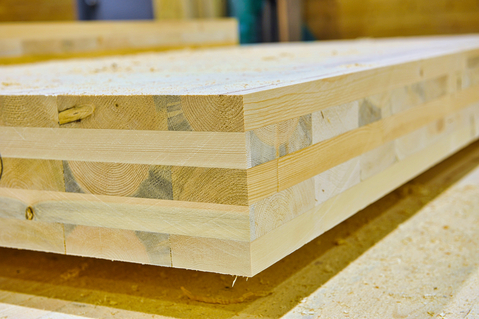 Part of the patient experience comes from medical office buildings or clinics. The health field landscape is changing daily. You have to provide a certain mix of facilities in accordance with tenants that may have varying needs depending on their field of specialization, or focus in healthcare. Both have to be flexible and be the right size for patient needs.
Part of the patient experience comes from medical office buildings or clinics. The health field landscape is changing daily. You have to provide a certain mix of facilities in accordance with tenants that may have varying needs depending on their field of specialization, or focus in healthcare. Both have to be flexible and be the right size for patient needs.
How Can You Make The Patient More Comfortable?
That seems to be the primary question on many providers’ minds. Did you know that term “experiential” does not hold the same meaning in the health field as it does in retail? Experiential in the retail world means having the right mix of clothes, shoes, and bags. In the health field, it has a much deeper and more meaningful message.
Here is an example:
A lot of medical related tenants are moving away from the sterile-white-washed feel concerning their medical office buildings and clinics. They are now using the aesthetic you would hope to find in other types of office spaces in the hospitality industry.
Those aesthetics include things like changing rooms, bathrooms, and coffee and snack centers. Most patients do not want to feel like they are in a sterile hospital waiting room. They want to feel more comfortable and in an inviting space. That is one reason why a lot of people are scared to visit the doctor. Some people have had some bad experiences with the health field, and that includes some of the clinics they visited.
No one can put a price on comfort, and no one should have to.
Other things that patients look at, include things like convenient parking. Patients do not like to feel stressed when they visit a doctor and want to know that they are safe. This is another reason why snack and coffee areas are becoming more accepted practices in medical offices. Patients want to feel warm and welcomed before they walk through the doors. Some centers have a wellness section and an outdoor community for patients to visit each other and chat. Designing spaces that accommodate the needs and wants of patients is an important facet for developers to consider.
How To Get The Right Combination?
One way to get the right mix is to have facilities that have multiple testing, specialties, and resource centers within walking distance of one another. No one wants to travel 20 miles out of their way to get the medication they need. They want to know they can walk up a few floors to an in-house pharmacy and get their prescriptions fulfilled.
Another component to patient experience is the ability to lease to other practices. Say, for instance, that you hear that your favorite OBGYN is going to be leasing a new office near where your emergency room physician is. That is going to help out a lot of people who use the same doctors which reduces tenant turnover and increases the stability of cash flow.
The only way to entice the doctors to lease new spaces is to enhance the space that is already there. High-quality medical office buildings and interactive patient experience will do a lot to convince other doctors to move to the area. Everything begins with the primary care you receive from your doctor and the surrounding services in the same building that makes it easier for tenants and patients to receive the care they need.






